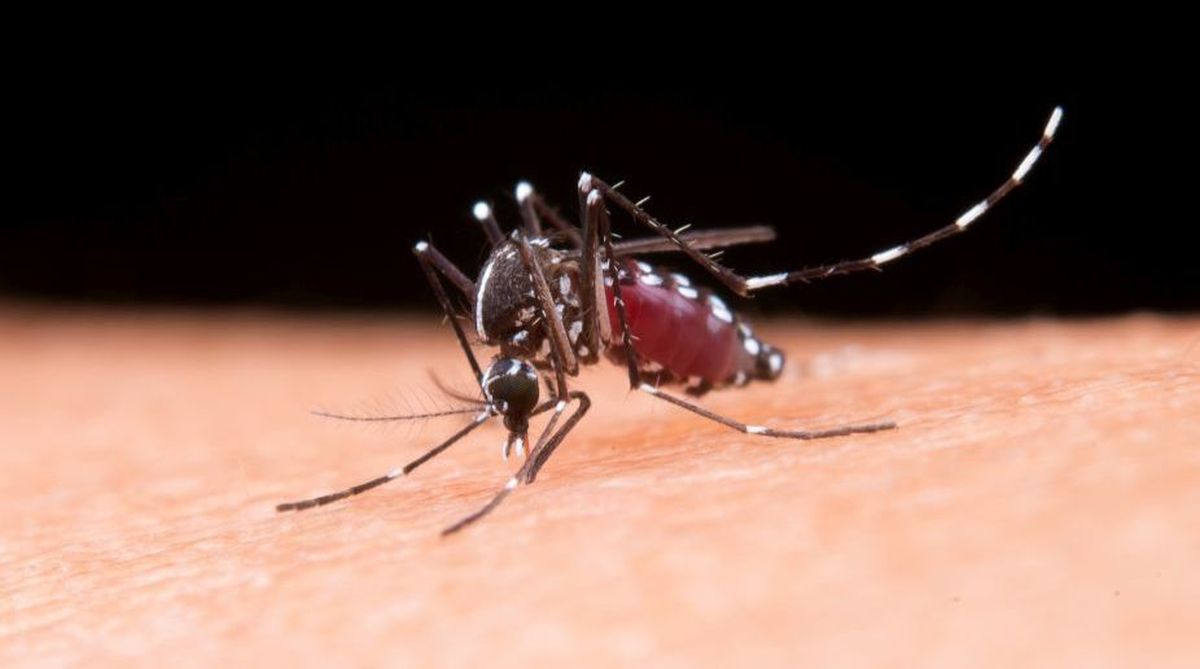IIT-Mandi to host ‘5G Use Case Lab’
The DoT officially awarded the 5G use case Lab to the School of Computing and Electrical Engineering (SCEE), IIT-Mandi on October 27, 2023 at IMC-2023 at the Pragati Maidan
The study can help understand molecular basis of infection and has implications in designing drugs to treat chikungunya.

Representational Image. (Photo: Getty Images)
Researchers at Indian Institute of Technology-Mandi have identified “dark regions” in the proteins of chikungunya virus.
The study can help understand molecular basis of infection and has implications in designing drugs to treat chikungunya.
The research undertaken by Dr Rajanish Giri, Assistant Professor of Biotechnology, School of Basic Sciences, IIT-Mandi, is aimed at understanding the structure and action of the chikungunya virus (CHIKV) through computational studies, an official communication by IIT Mandi said.
Advertisement
Assisted by his research scholars, Ankur Singh, Ankur Kumar and Rakhi Yadav, Dr Giri collaborated with Dr Vladimir Uversky from University of South Florida in unravelling the un-structural biology or the dark proteome of the virus through computational studies.
Further, the group has also identified the molecular recognition features of the virus (MoRF).
These findings by Dr Giri’s work were recently published in Scientific Reports (Nature Publishing Group) and the Royal Society of Chemistry’s open access journal, RSC Advances.
Classical virology is built on isolation and culture of the virus itself, which is often difficult, given the prevalence and variety of viruses known.
According to researchers, with the advent of the silicon revolution in the latter part of 20th century, the field of virology has come to be aided by computational studies and bioinformatics, the amalgamation resulting in a new area of research – computational virology/bioinformatics.
They said the computer simulations are now being used in inter-disciplinary laboratories worldwide to probe the structure and chemical nature of virus.
“Such studies afford better understanding of the nature in which the virus infects hosts, which, in turn, provides handles for therapeutic design.”
Sharing the importance of this research, Dr Giri said, “The pathogenic mechanism of arthropod-borne CHIKV is not fully understood as yet for lack of information about the structure and non-structure of the viral proteins. Our Research seeks to fill this gap in knowledge.”
The team used multiple computational tools to identify the MoRFs in the proteins of the CHIKV. The team found that all CHIKV proteins have at least one MoRF crucial for signalling events during survival and pathogenesis of the virus.
Dr Giri is hopeful that once all the molecular mechanisms of CHIKV proteins are deciphered and protein-protein interactions are understood, there would be a better path towards design of specific drug molecules that can act against this virus.
It is pertinent to mention that chikungunya virus is a mosquito-transmitted pathogen that has caused epidemic outbreaks in Africa, Asia, the Indian Ocean, the Caribbean and the Americas in recent years.
Advertisement